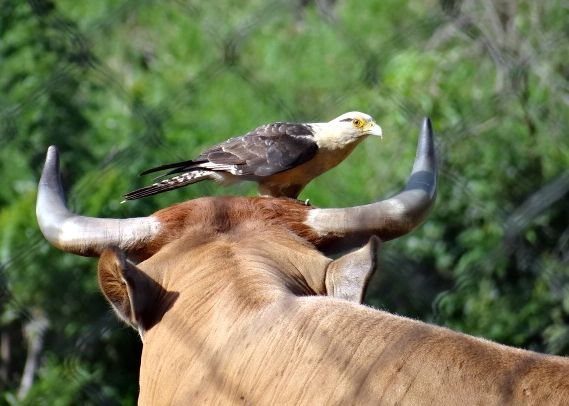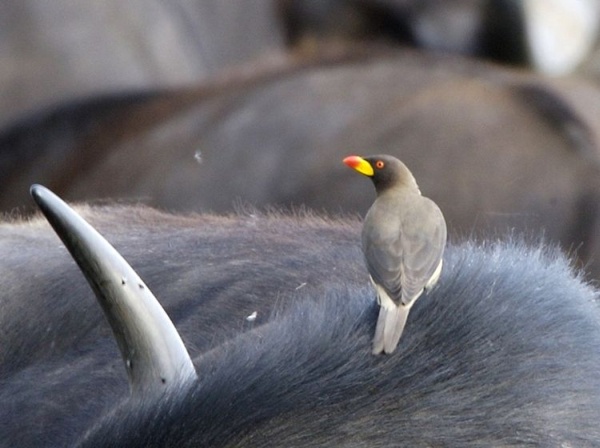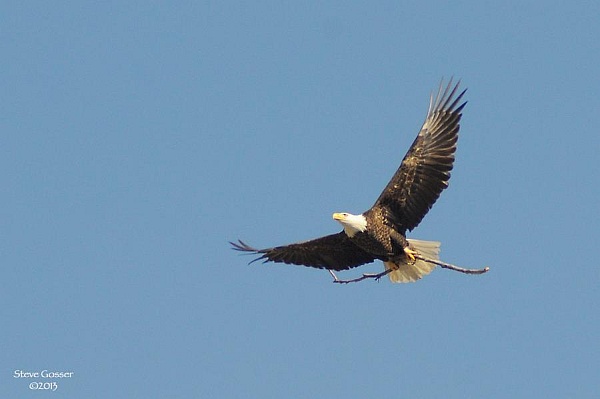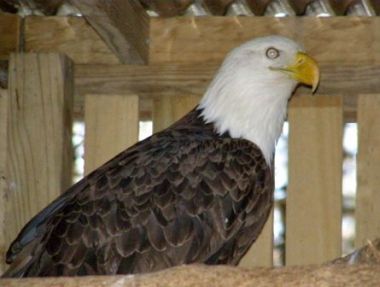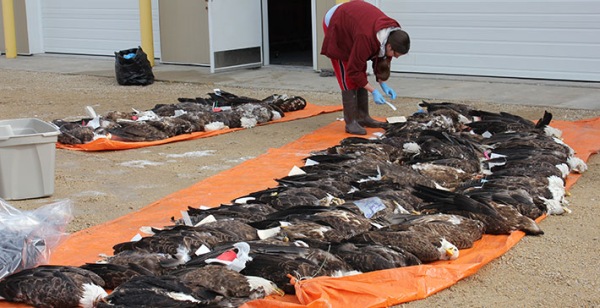Third bald eagle egg at Hays
Since yesterday afternoon at about 2pm there are now three eggs at the Hays bald eagle nest in the City of Pittsburgh.
In backwards order, the egg above is the 3rd one (February 20). The video below is the second one, laid on February 16. Click here for the first one on February 13.
Second bald eagle egg at Hays
There are still no eggs at Pittsburgh’s other webcam eagle nest at Harmar, but by the time you read this it may have changed.
As always, watch the Hays and Harmar eaglecams on the Audubon Society of Western Pennsylvania website at eagles.aswp.org. Read more on their Facebook page.
(videos of the Hays bald eagle near in Pittsburgh, PA from PixController’s Facebook page)
